Spain : Top 20 Most Promising Startups in 2022

Spain is known for its beautiful landscape and friendly people, but the country also has a strong startup ecosystem that helps make a lot of top startups. It was found that startup funding in the country sped up in 2021, with much better results than in previous years. This growth is, of course, good for the startups in Spain.
Let’s Talk about the Top 20 Most Promising Startups in Spain in 2022.
- CodeOp
CodeOp was started in 2018.
HQ: Barcelona, Catalonia, Spain
Size: 11-50
Founder: Katrina Walker
CodeOp is a Spanish technology company that works in the education field. It is a tech school that gives classes to people who aren’t as standard in the tech industry. The company wants to teach and train women, transgender, and nonbinary people in tech so they can learn new skills, get a pay raise, feel more confident, and do many other things. They offer a wide variety of courses, from product management to data science. Different approaches are proposed at different times and for different amounts of time.
Katrina Walker gave CodeOp money in 2018, and the company now has between 11 and 50 employees. The main office is in Barcelona, which is in Catalonia, Spain. In two funding rounds, one in 2019 and the other in 2021, they have raised a total of €1.6 million.
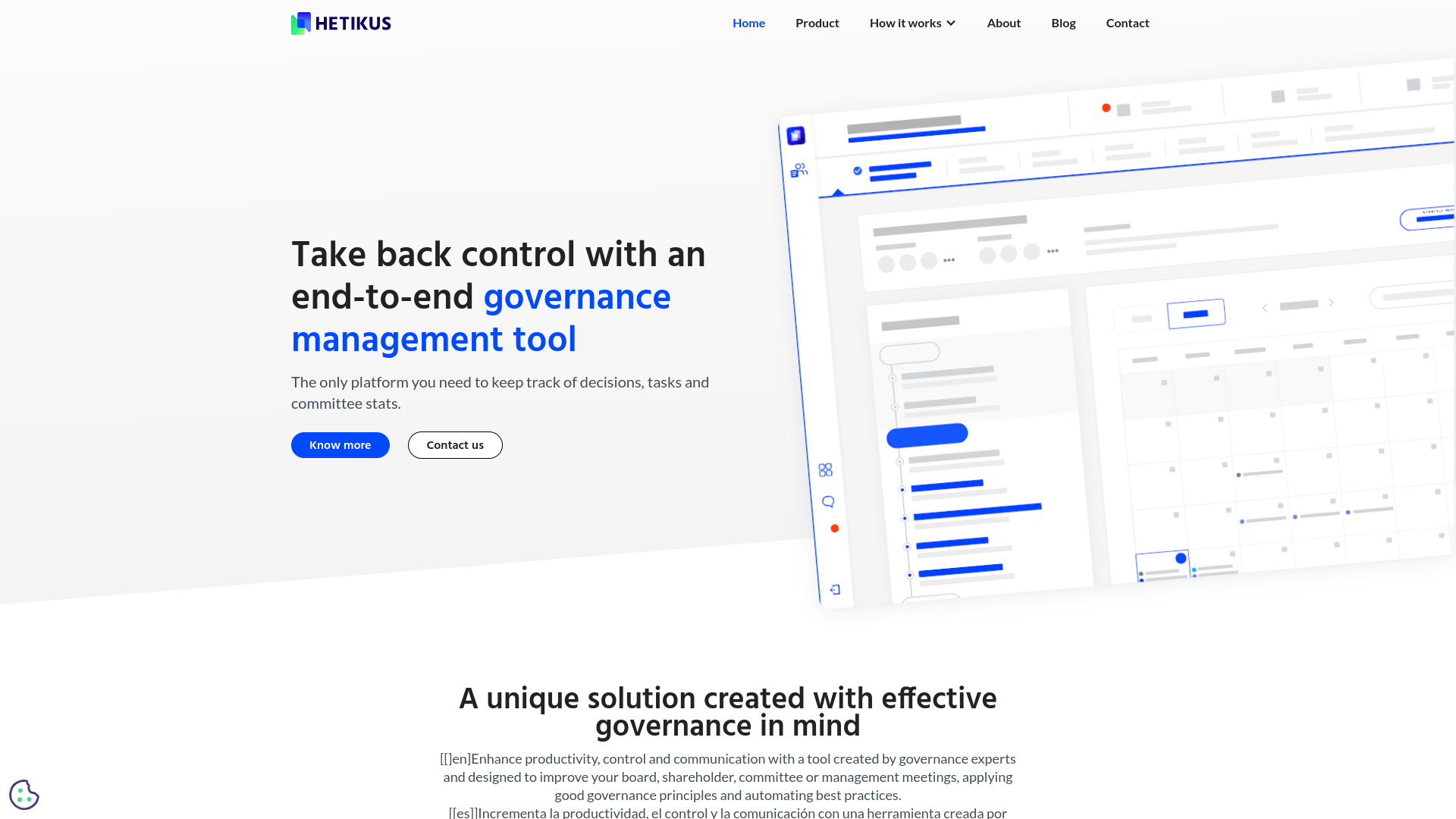
2. Hetikus
Hetikus was started in 2018
HQ: Madrid, Spain
Size: 1-10
Founder: Javier Garaeta
Hetikus is a new company that makes legal technology. It is based in Spain. The company helps its customers by giving them control over their governance, risk management, and compliance. Hetikus wants to help their clients be more productive by providing them tools to keep track of tasks and make it easier to work from home. They also make it easy for customers to keep their records in order. They say that their service saves 80% of the time needed for governance processes and reduces the risk of fines by 90%. In addition, it lets customers be responsible and follow the rules.
In 2018, Javier Garaeta began the business. It has between 1 and 10 employees right now, and its main office is in Madrid, Spain. Hetikus has raised $396,7K in funding through two funding rounds.
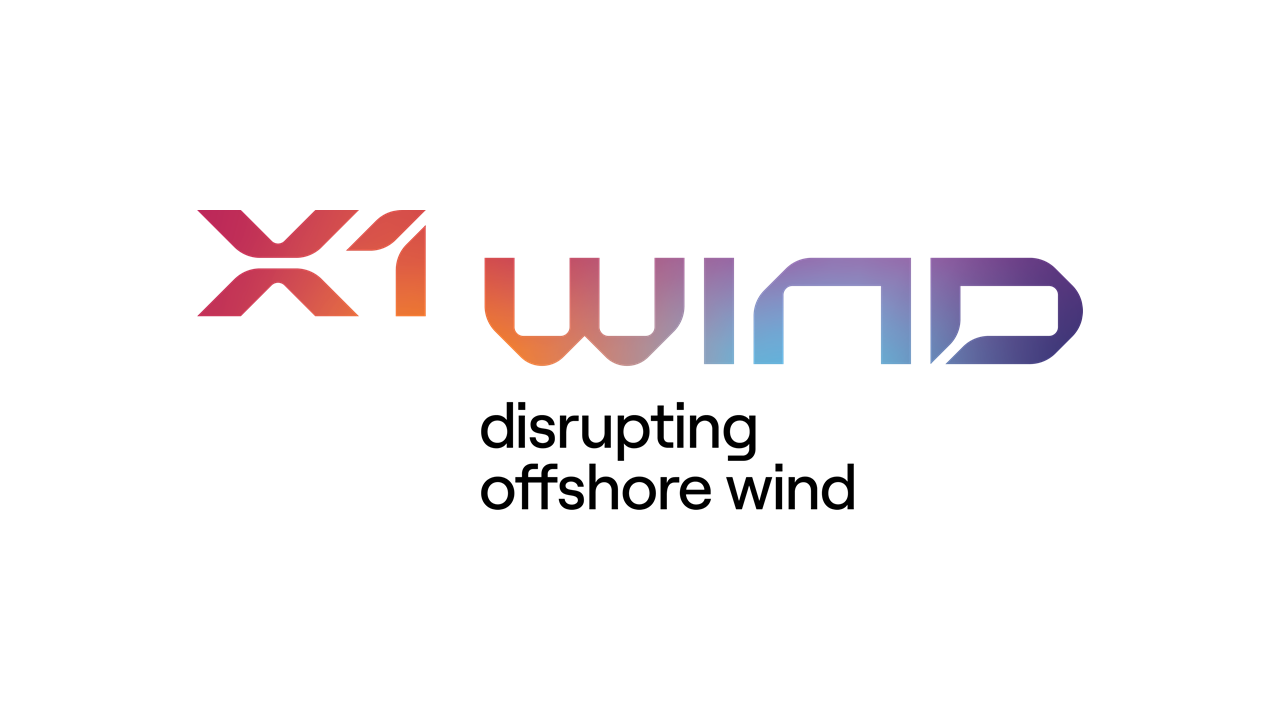
3. X1 Wind
Founded: 2017
Headquarters: Barcelona, Spain
Size: 1-10
Founders: Alex Raventos, Carlos Casenovas
The Spanish company X1 Wind was started in 2017 and is now based in Barcelona. The company makes money by designing and building floating platforms that can be used to get energy from the wind in places where the water is too deep to do so normally. This helps make the climate of the world better as a whole.
Since it was started, the company has gone through two rounds of start-up funding, with two investors interested in the project. These investors have given the company a total of €4.1 Million to help it grow and develop.
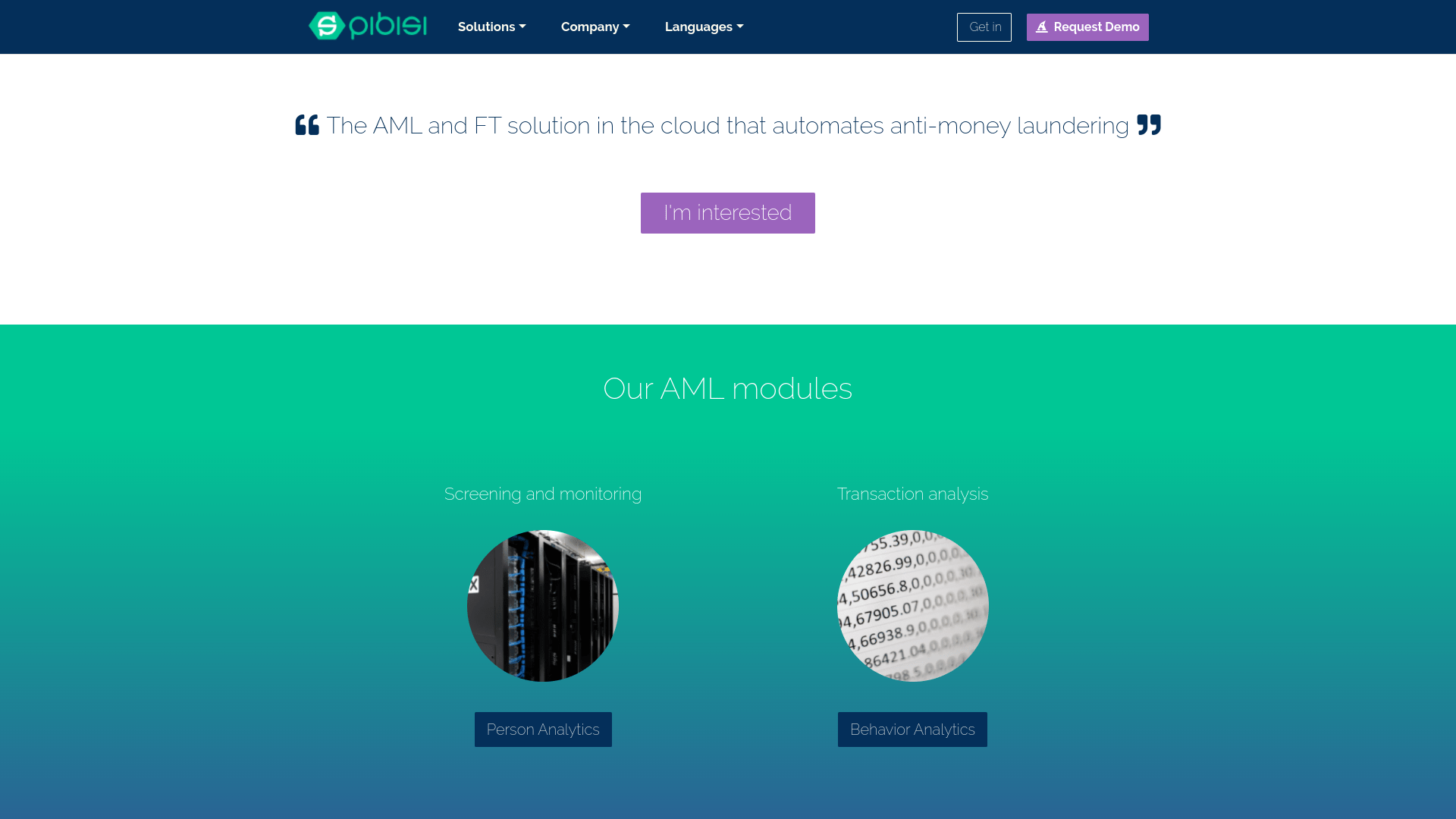
4. Pibisi
Pibisi was started in 2018.
HQ: Madrid, Spain
Size: 1-10
Founder: Alejandro D. Caneda
Pibisi is a Spanish company just getting started in the software, legal technology, and financial technology industries. They offer automated KYC, or “know your customer,” services to companies required to do so. In addition, they offer analytics for both people and how they act and documentation for APIs that developers can use. Pibisi has different plans with different prices so that other customers can use its services.
Since the company’s start, they have raised a total of $167,600 in three funding rounds. Alejandro D. Caneda is the CEO and founder of the company, which was started in 2018. The main office is in Madrid, Spain, and between 1 and 10 people work there.

5. Emérita Legal
Year Founded: 2017
HQ: Santiago De Compostela, Galicia, Spain
Size: 1-10
Founders: Antonio Padín, Yéssica Vázquez Sámpayo
Another Spanish tech start-up is called Emérita Legal. It works in many fields, such as artificial intelligence, software, data analytics, and legal technology. They do something for lawyers and people who need legal help. With their BigData analytics tool and artificial intelligence, they can get information about lawyers, judges, parties, and parts of the law. This helps legal professionals make decisions based on facts and objective data instead of their own opinions.
Antonio Padn and Yéssica Vázquez Sámpayo started the business in 2017. The headquarters of Emérita Legal are in Santiago de Compostela, Galicia, Spain. The company has between one and ten employees. They have raised a total of €521,100 through two funding rounds.

6. MainRail
MainRail was started is 2019
HQ: Pamplona, Navarra, Spain
Size: 1-10
Founder: Jorge Rodríguez Julián
MainRail is a Spanish start-up that helps customers manage and improve how they take care of their infrastructure. They use IT-based solutions to do their work and combine that with their more than 25 years of railway knowledge and experience. MainRailMT is the IT platform they use to manage maintenance operations. It can be changed to fit their needs.
Jorge Rodrguez Julián started the company in 2019, and it now has between 1 and 10 employees. Its headquarters are in Pamplona, Navarra, Spain. MainRail raised an impressive €1.1 million in just one funding round, which took place in July 2021.
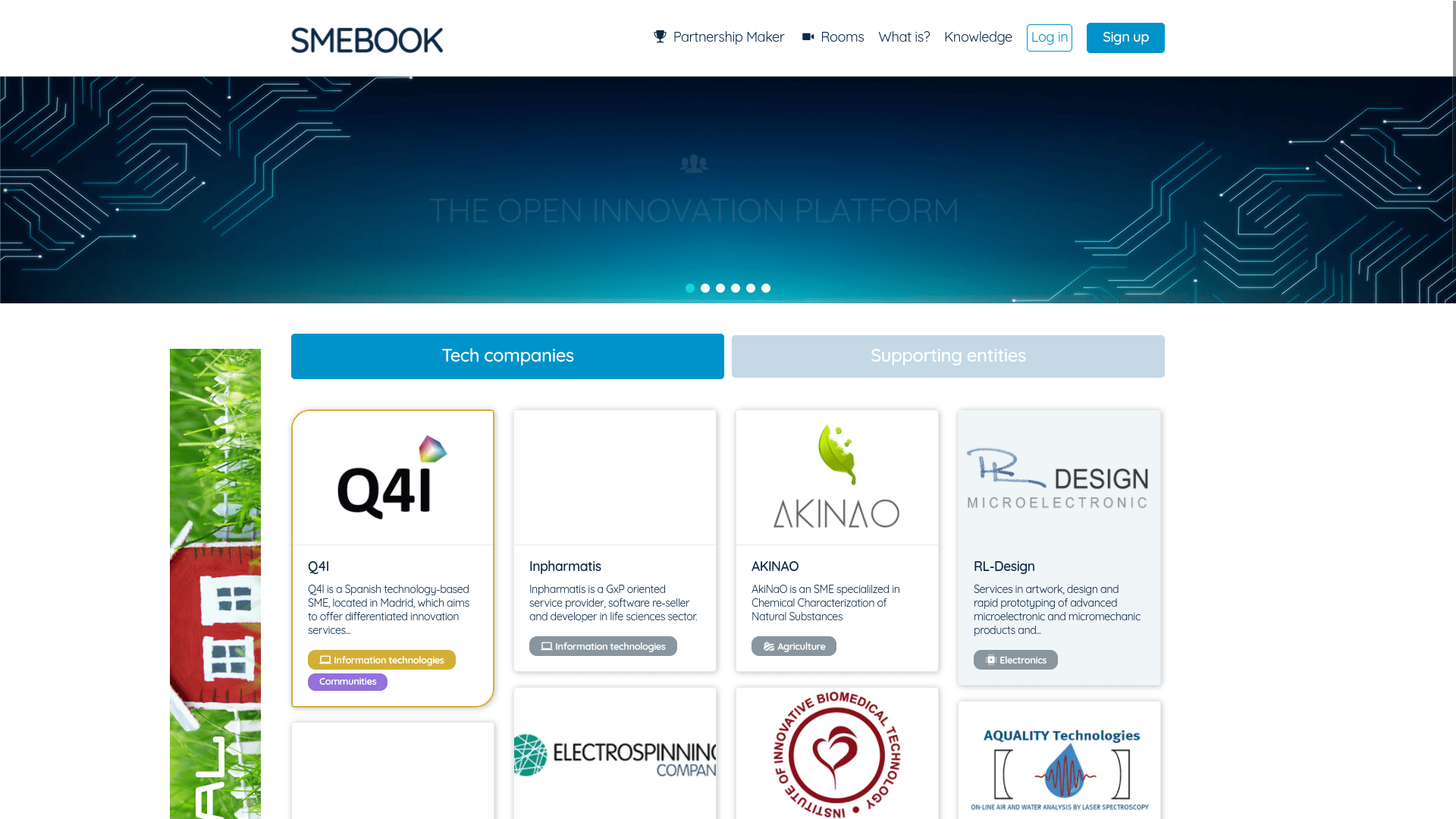
7. SMEBOOK
SMEBOOK was started is 2019
HQ: Madrid, Spain
Size: 1-10
Founder: Basilio Fernández
SMEBOOK is a new company in Spain that works with information technology. Customers can connect with their employees and share information through the company, which solves the problem of knowledge that isn’t organized or easy to find. Tech companies that want to share resources or information with their employees intelligently use SMEBOOK. SMEBOOK has an algorithm that can match people based on their needs and interests and suggest partnerships.
Basilio Fernández started the business in 2019, and in one funding round, he was able to get €80,000. The headquarters of the business intelligence company is in Madrid, which is the capital of Spain.
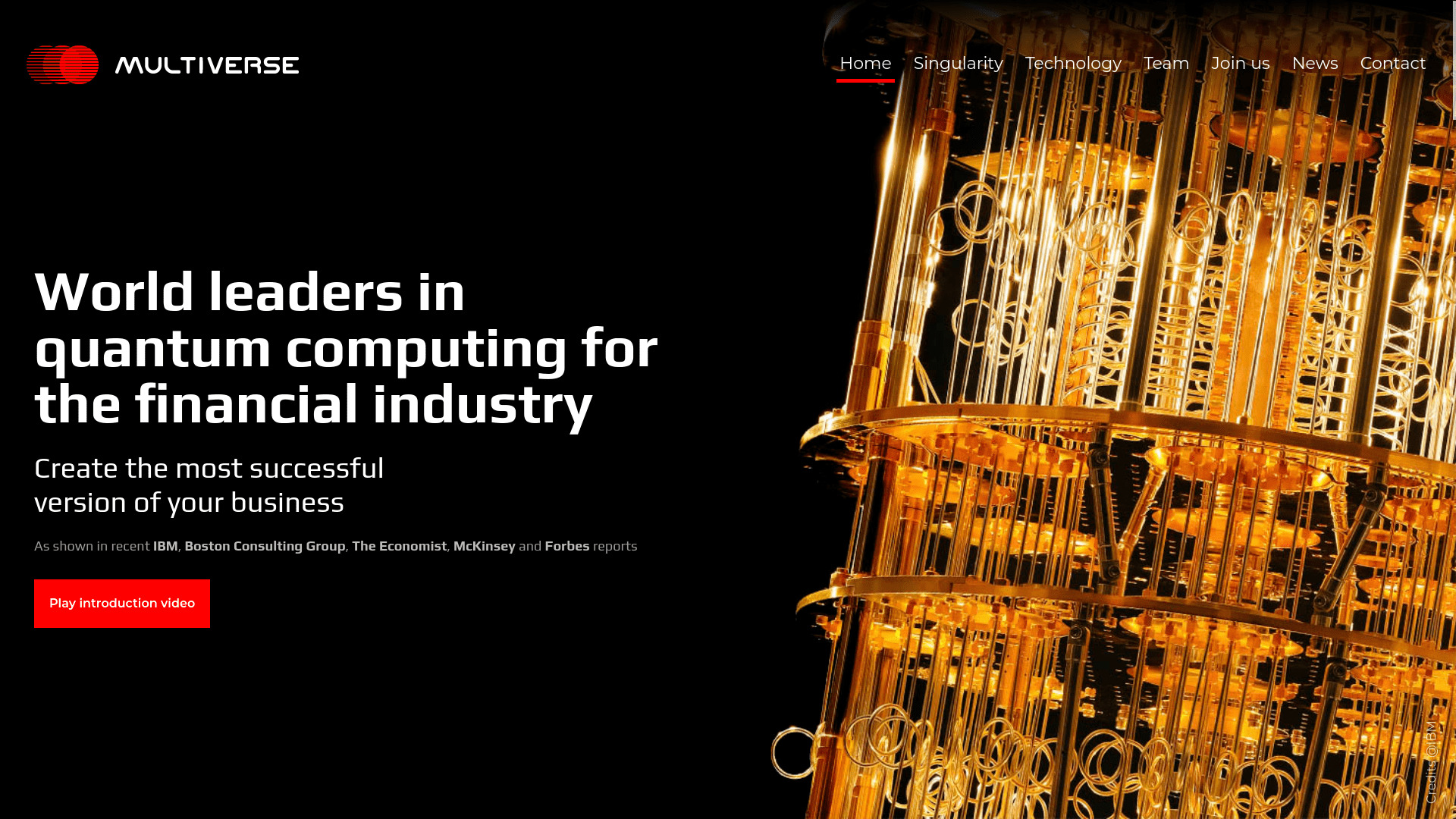
8. Multiverse Computing
Multiverse Computing began was 2019.
HQ: Donostia-san Sebastián, Pais Vasco, Spain
Size: 1-10
Founders: Alfonso Rubio Manzanares, Enrique Lizaso Olmos, Román Orús, Samuel Mugel
Multiverse Computing is a new technology company that was started in Spain. They work more specifically with software for the finance industry, such as quantum computing. Multiverse Computing says it can help businesses do better with their finances by using algorithms to solve problems in the finance industry. The software development kit stays within the institution, so no critical data leaves. There are a lot of different parts to the company’s services, such as finding tax fraud and trading irregularities.
Alfonso Rubio Manzanares, Enrique Lizaso Olmos, Román Ors, and Samuel Mugel are the four people who started Multiverse Computing in 2019. Since then, it has raised €24 million in four funding rounds. The company has between 1 and 10 employees and is based in Donostia-San Sebastián, Pais Vasco, Spain.
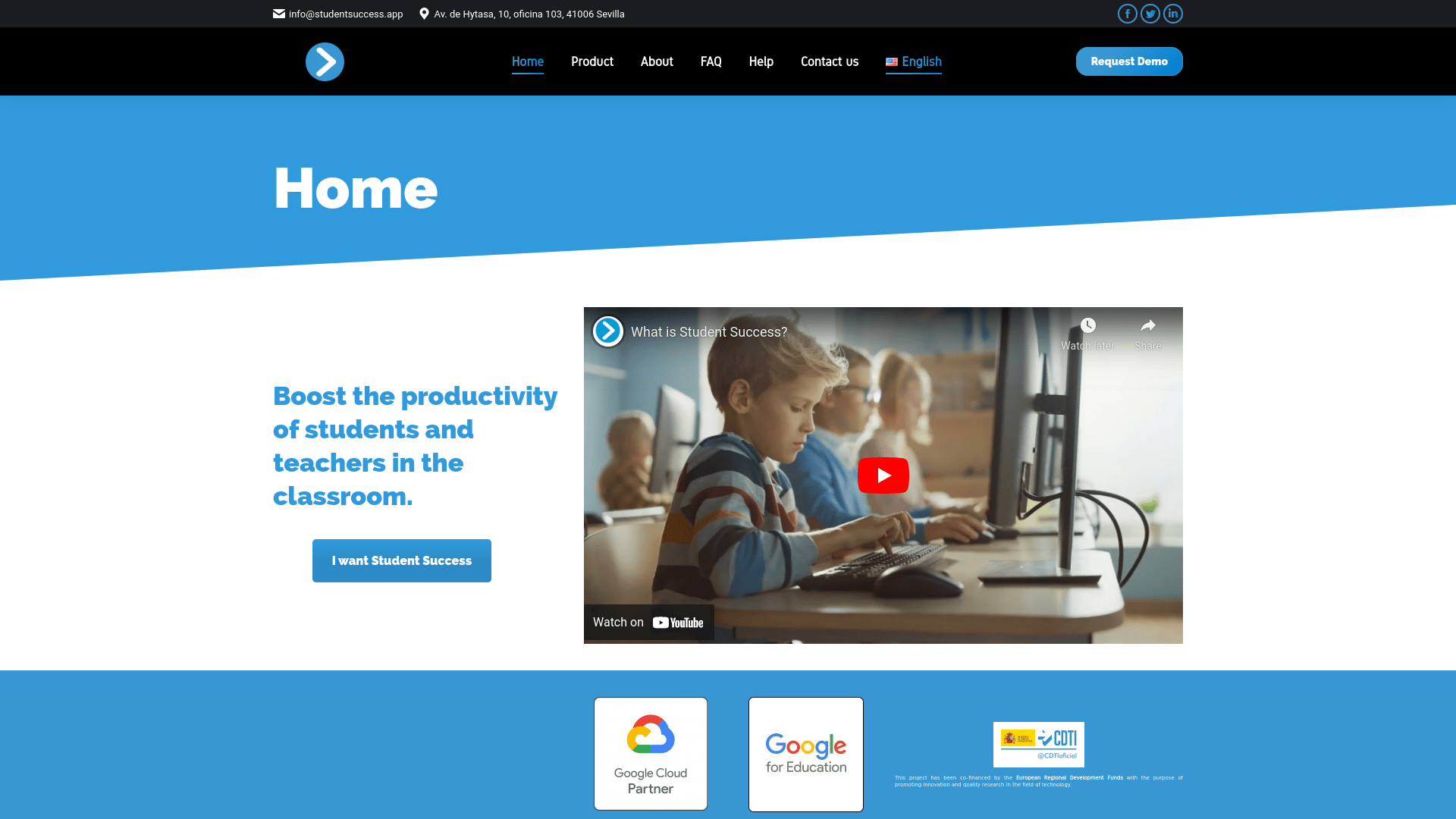
9. Student Success
Student Success was started in the year 2021.
HQ: Sevilla, Andalucia, Spain
Size: 11-50
Founders: Pedro Díez, Ramon Villasante
Student Success is a Spanish tech start-up that works in the education technology industry to help students. The idea behind the start-up was to help teachers and directors work more efficiently by giving schools digital information about how students behave. It’s a simple way to keep track of progress and gather all the information in one place. With Student Success, teachers can also tailor their lessons to meet the needs of their students.
Pedro Dez and Ramon Villasante started the Spanish company in 2021. The headquarters are in Sevilla, Andalucia, Spain, and about 11 to 50 people are working there. Since their first of three funding rounds in 2020, Student Success has raised an impressive €350K.

10. PlayVisit
PlayVisit was started in the year 2019.
HQ: Barcelona, Catalonia, Spain
Size: 1-10
Founders: Marc Duch, Pau Yanez
Spain’s PlayVisit is a new technology company. The company works in the travel, tourism, and education industries. Its primary service provides walking adventure games for its customers while travelling. These games are made by guides who know the area well. PlayVisit is a software as a service platform that changes how we travel and explore by using location-based technologies and games. For example, self-guided tours use augmented reality to make a trip through a city more like a game.
It was started by Marc Duch and Pau Yanez in 2019, and it is a technology company. Since then, they’ve raised €20,000 in one round of funding. The company is based in Barcelona, Catalonia, Spain, and has between one and ten employees.

11. Pam Learning
Pam Learning Year was started in 2021.
HQ: Barcelona, Catalonia, Spain
Size: 1-10
Founders: Sergio Escosa
Pam Learning is a Spanish company that is also in the tech business. Since they are an eLearning platform, it works more specifically in education technology. The company’s goal is to help students do their best on tests. They do this by getting college students to prepare and helping them do so by giving them access to valuable videos and exercises. A tool called “Find Your University” lets students choose the right school from a list of options.
Sergio Escosa started the company in 2021. Its headquarters are in Barcelona, Catalonia, Spain, and it has between one and ten employees. So far, the business has been able to get €242,000 in one round of funding in May 2021.
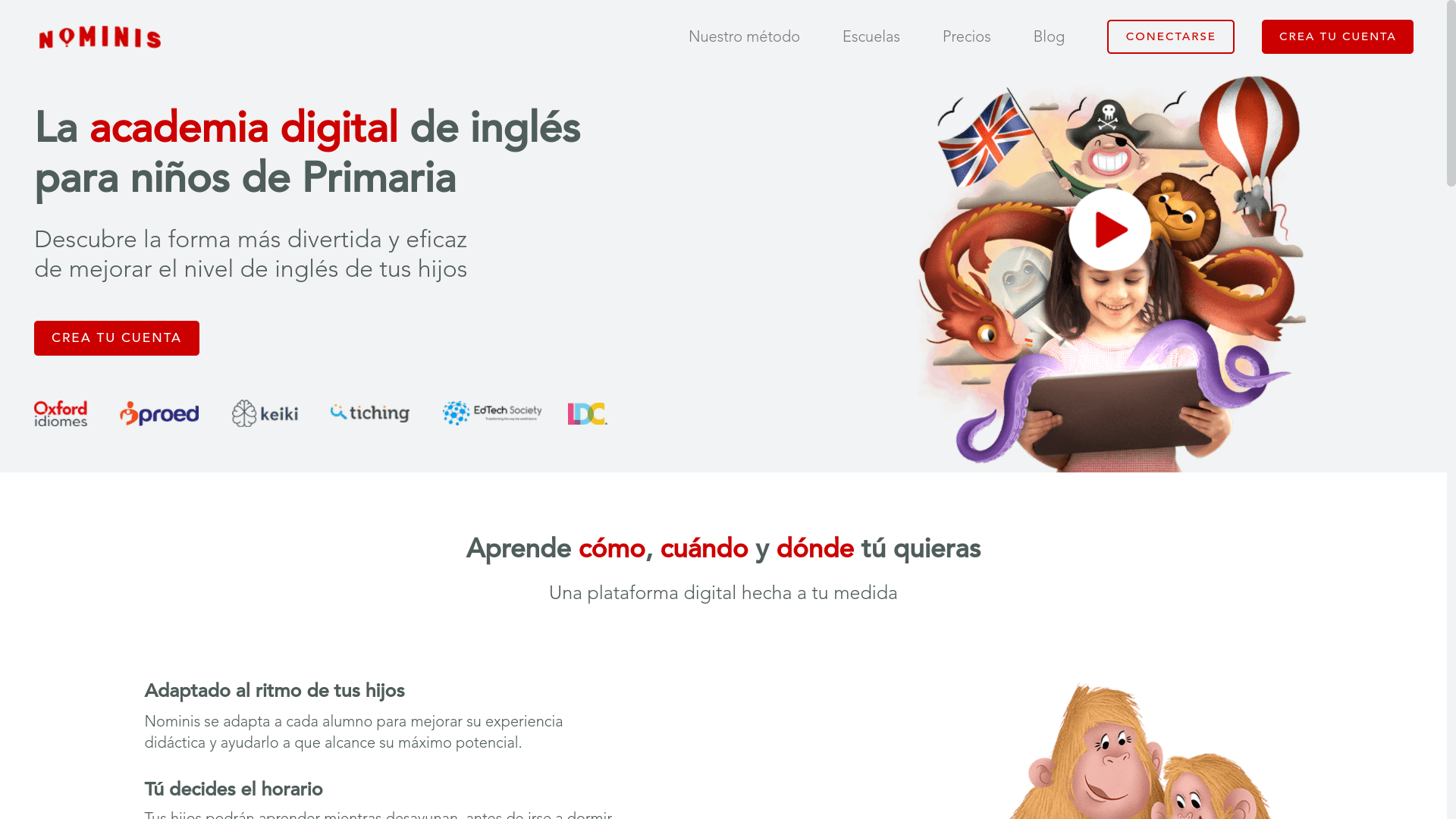
12. Nominis
2020: Year Started.
HQ: Barcelona, Catalonia, Spain
Size: 1-10
Founders: Rodrigo Servert
Nominis is a tech company from Spain that is on the rise. The company helps kids learn by making stories that they can interact with. The digital classroom lets kids learn whenever and wherever they want. As long as they have a tablet or computer with them, they can log on and start learning at any time of the day. The platform has characters that kids will like and make learning more fun. It also helps kids learn essential language skills, like how to write, speak, use grammar, and much more.
The main office of Nominis is in the city of Barcelona in Spain. The company is run by a small team of people, who number between one and ten. Rodrigo Servert started the company in 2020. So far, €180K in funding has been raised in just one round, which took place in December 2021.
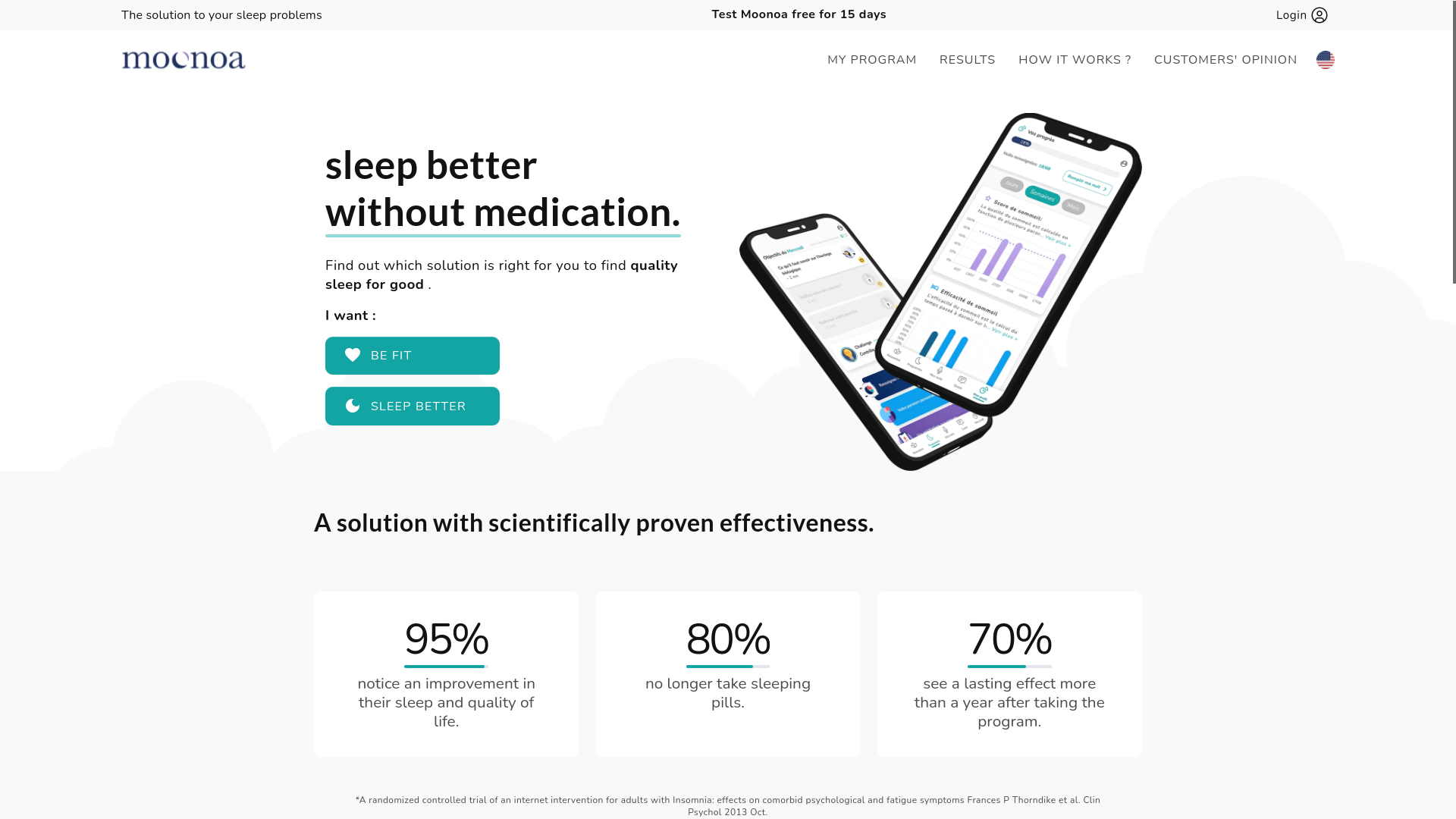
13. Moonoa
Moonoa was started in the year 2021
HQ: Barcelona, Catalonia, Spain
Size: 11-50
Founders: Pablo Szefner
Moonoa is the next Spanish start-up business on the list. It is a company that has made an app to help people get better sleep. Moonoa works in the health and fitness industry and has an online platform for its customers. The company says that 95 per cent of people notice a change in how well they sleep. This is because they use a general approach to learn as much as possible about each person and set goals that are right for them. The app helps people get into better habits and routines and lets them talk to sleep coaches.
Pablo Szefner started the company in 2021, and the number of employees has grown to between eleven and fifty. Its main office is in Barcelona, which is in Catalonia, Spain. Pablo was also able to get a lot of funding in just one round. Eight investors put in a total of €1.5M, which is a lot of money.
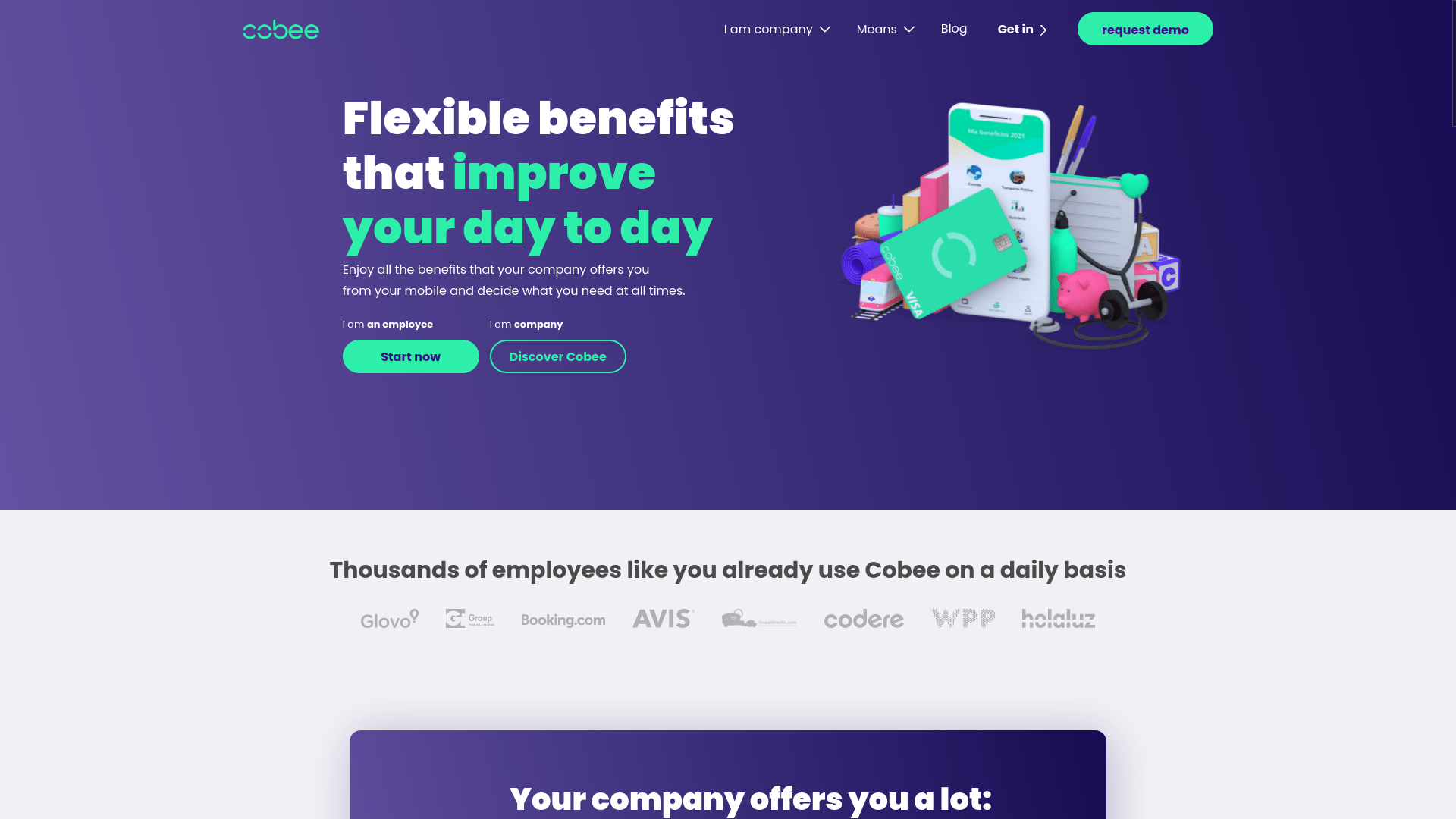
14. Cobee
Cobee was started in 2018.
HQ: Madrid, Spain
Size: 11-50
Founders: Borja Aranguren Herrera, Daniel Olea Martin, Nacho Travesi
Cobee is a Spanish tech company that makes software and works in the finance market. Its goal is to help employees get the most out of the benefits offered by their company. The online platform was made to make it easier to get to these benefits and understand them. It does this by making it easier to manage employee benefits and automating the process. Cobee also says that it saves money for both employees and companies because it cuts down on the number of outside suppliers.
Borja Aranguren Herrera, Daniel Olea Martin, and Nacho Travesi started the company in 2018. Since then, they have raised $19.2M in five funding rounds, a tremendous amount of money. Still, the company has kept a small team, with between eleven and fifty people working for it. Its headquarters are in Madrid.
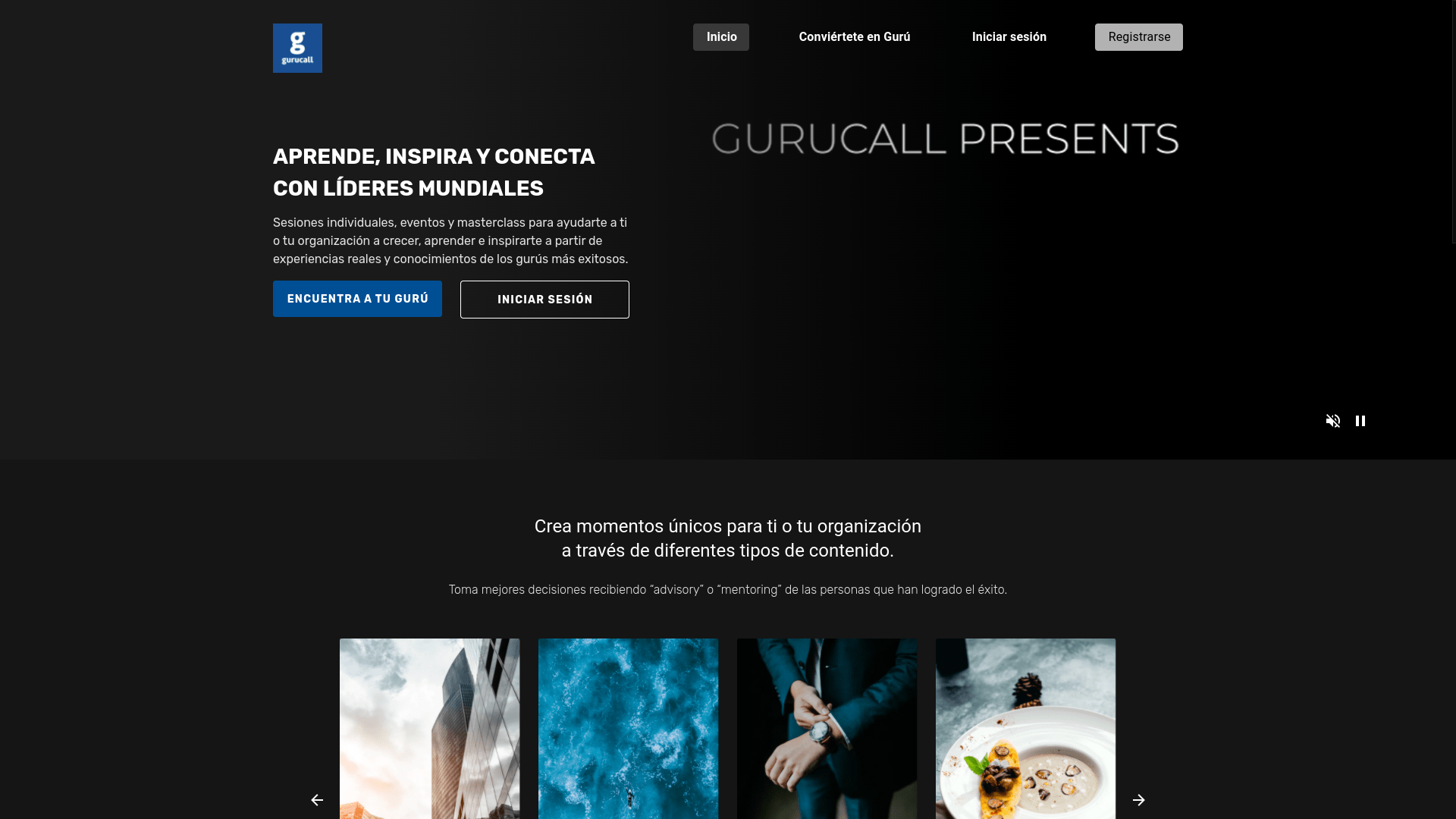
15. GuruCall
GuruCall started in 2020.
HQ: Madrid, Spain
Size: 1-10
Founders: Felix Ruiz Hernandez, Jose Manuel Peral Cortés
GuruCall is a Spanish company that started in 2020 and is now based in Madrid. The company runs a knowledge platform where world leaders can share their experiences and knowledge with people on the forum.
Since the company was started, it has been able to get the money it needs to move to the next level. Through three rounds of funding, five investors have given the company $2 Million.

16. Quantic Brain
Quantic Brain was started in the year 2020.
HQ: Madrid, Spain
Size: 11-50
Founders: Enrique Cantero
Quantic Brain is a Spanish start-up that started in 2020 and is now based in Madrid. The company makes money by advising on private equity and private banking technology.
Since the business was started, it has already gotten some money to help it get started. In just one round of funding, six investors were interested in the company and put together 133,000 Euros.
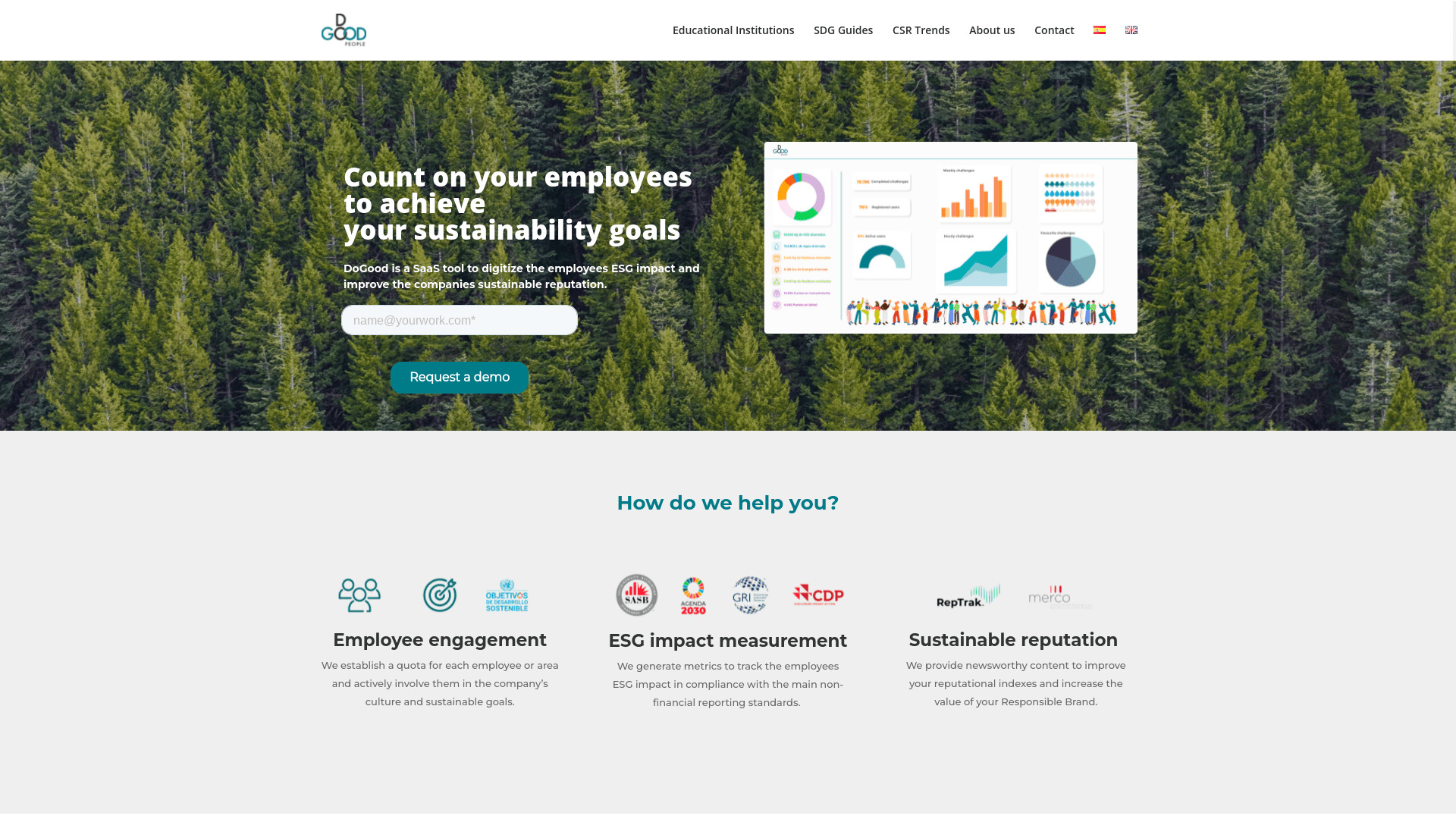
17. DoGood People
2019: Year Started.
HQ: Madrid, Spain
Size: 11-50
Founders: Ignacio Barriendos Hoppichler
DoGood People is a Spanish start-up started in 2019 and is now based in Madrid, Spain’s capital city. The company runs a SaaS platform that helps companies involve their employees more in sustainability efforts. This is done by keeping an eye on the effects of ESG.
Since the business was started, it has gone through three funding rounds to get it off the ground. The company has raised $1.1 million through these rounds to help it get to the next level and grow its operations.
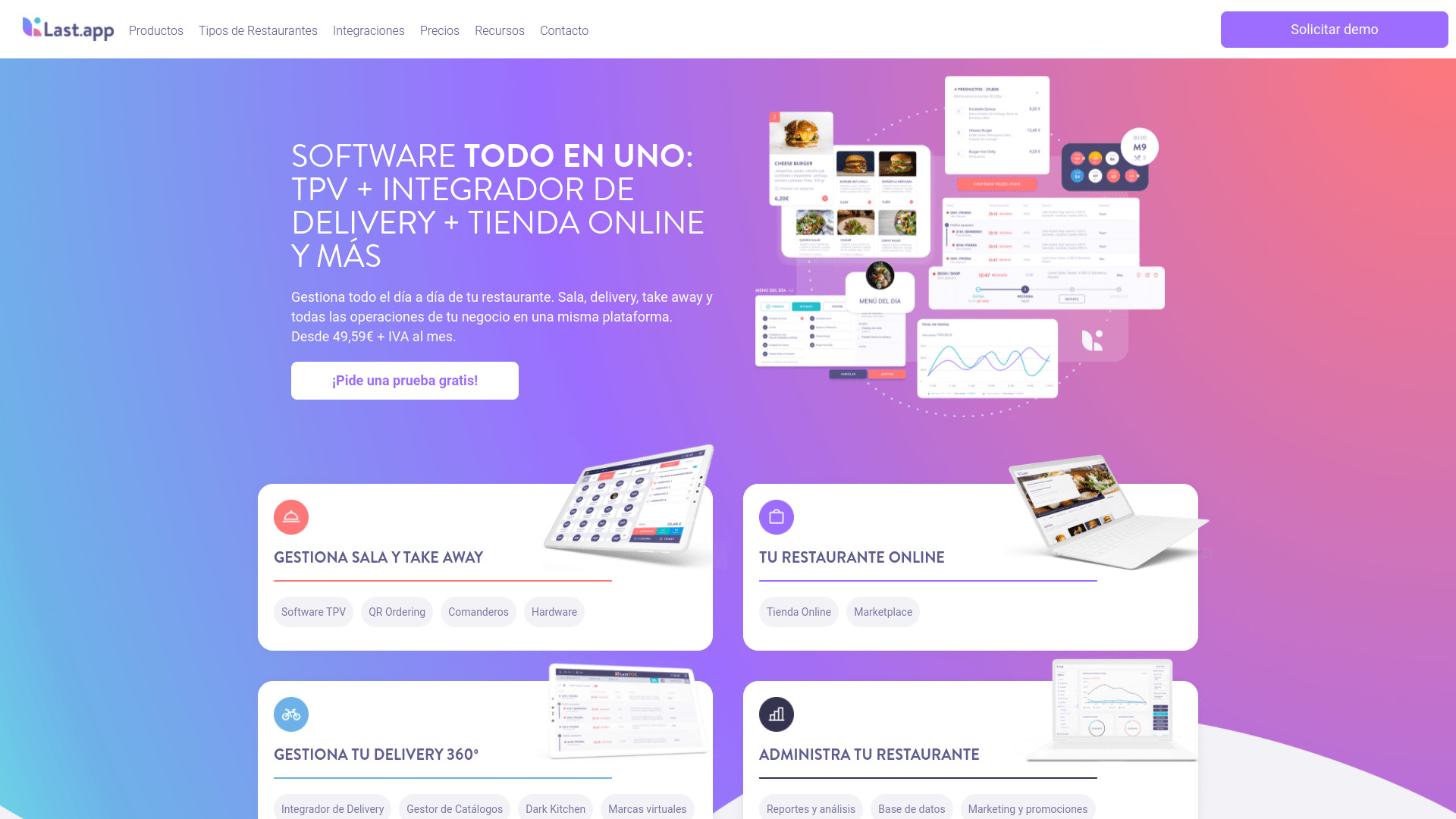
18. Last
The year it was started is 2019
Headquarters: Barcelona, Spain
Size: 11-50
Founders: Eric Nikolic, Iván Nikolic
Last, is a Spanish start-up that started in 2019 and is now based in Barcelona. The company makes restaurant software that makes their work more accessible and efficient. This lets restaurants save time and focus on giving their customers better service.
Since Last was started a few years ago, it has gone through two rounds of funding, which has caught the attention of two investors. Together, these investors have helped the company get 2.5 million euros in start-up funding.
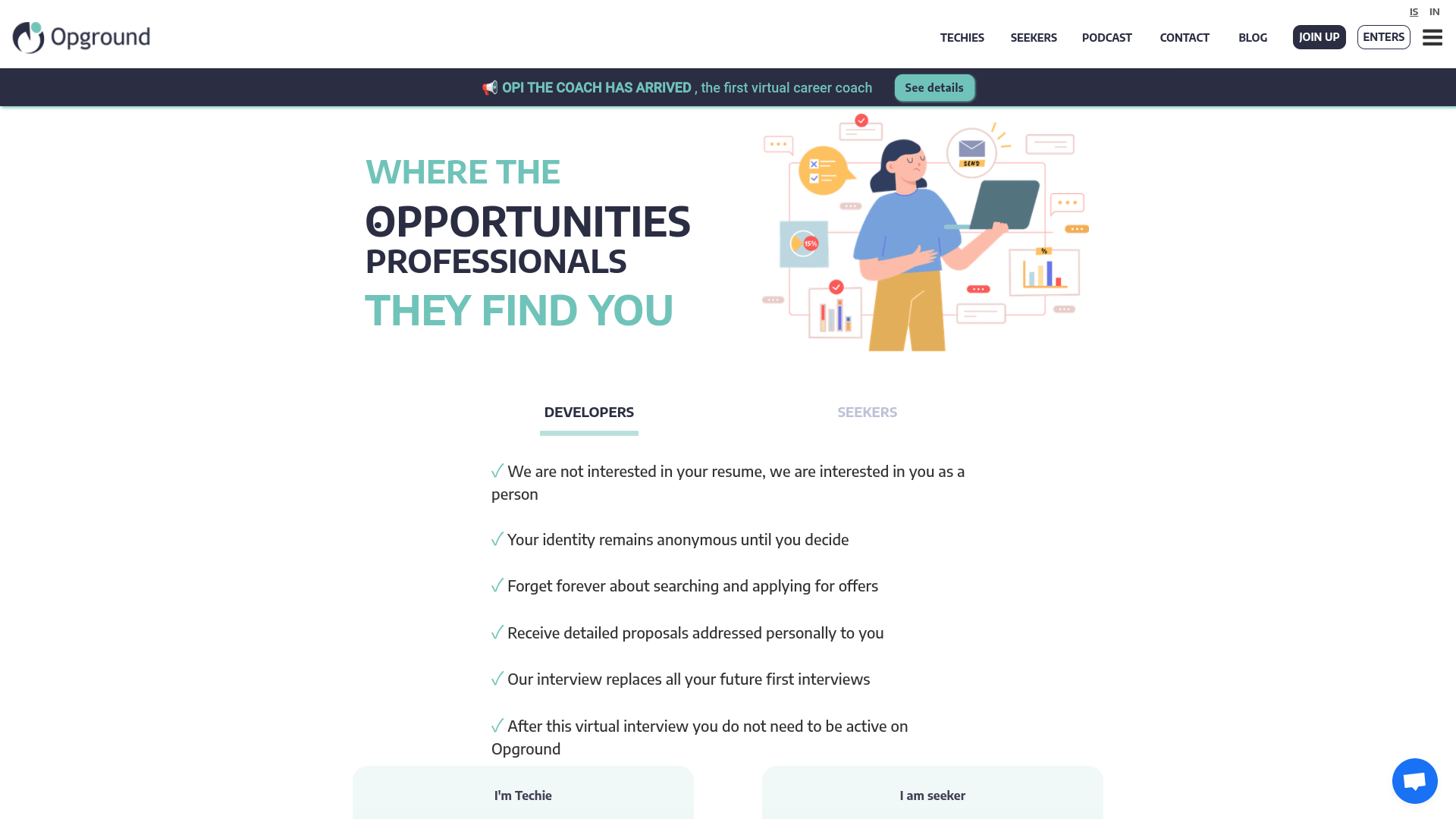
19. Opground
The year Opground was started is 2019
Headquarters: Barcelona, Spain
Size: 1-10
Marcel Baro is the founder.
Opground is a Spanish company that started in 2019 and is now based in Barcelona. The company has made a platform with an AI-powered system that allows interviews to be done virtually and helps businesses find the talent they need to do well.
Since it was started, Opground has only had one round of funding, which three investors backed. Together, these investors have given the business 500,000 Euros to help it grow and improve.

20. MiResi
MiResi was started is 2019
HQ: Madrid, Spain
Size: 11-50
Founder: Pablo Saez
MiResi is a Spanish start-up company started in 2019 and is now based in Madrid. The company runs a website that helps people find the best nursing home for themselves or their loved ones by letting them compare offers from different providers.
Since the business was started, it has only had one round of funding, which took place in December 2021 and raised 500,000 Euros. This money will help the platform get better and grow.




